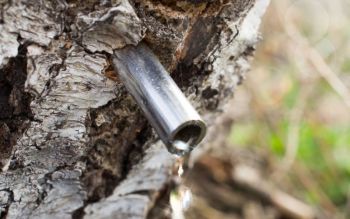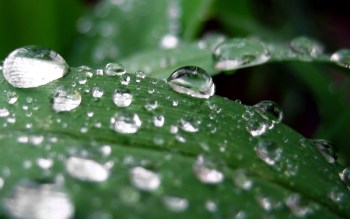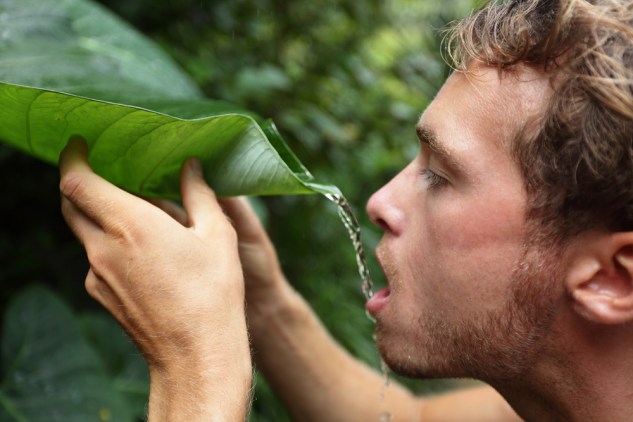
Did you know that, in an emergency situation, you might survive three weeks or more without food? But you are unlikely to last more than three days without water.
It’s easy to see that, in any survival situation, water becomes a top priority. The human body is more that 60% water. We all need it. Without it, we would die. But finding water that is safe to drink is a challenge that most of us are totally unprepared for.
You don’t need to be a prepper. You don’t need to be convinced that the world will end, or that aliens are coming. You KNOW you need water and it doesn’t take long to learn a few simple techniques to find water whenever you need it. One day, it might save your life.
How to Locate Water in the Wilderness
Stranded after a breakdown? Lost on a hike? Camping in the wilderness?
If you ever find yourself stranded without water then there are a few simple actions that you can take.
How to Find Water
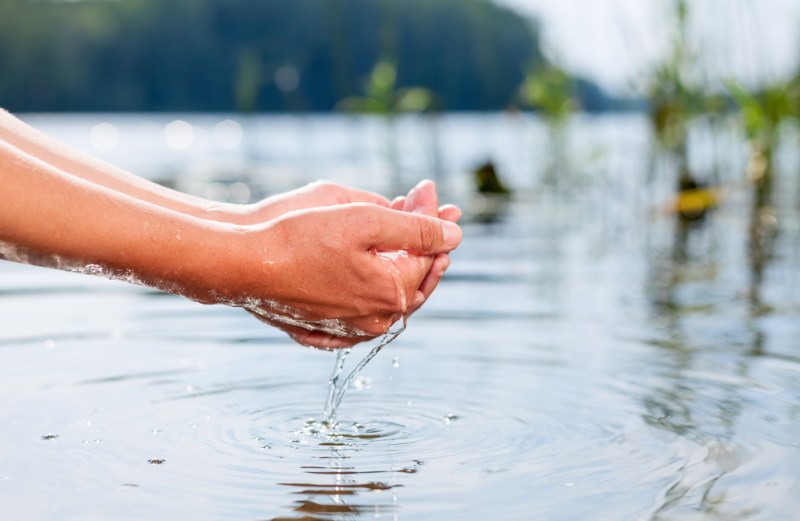
Assuming that you are in an area where water is likely to occur then you just need to find it. Basic common sense tells you that water flows down, in the direction of least resistance. Try heading downhill to see where it goes.
If you locate contour lines in the land and follow them down then you know that you are probably following the path that rainwater or melted snow takes. Ridges that run down mountainsides or dry creek or river beds are also a good guide: follow then downhill to find the destination of the water they carried.
Stop and listen often. It’s easy to miss the familiar sounds of water when you are walking along so take the time to concentrate and see what you can hear. Look for greener vegetation or muddy ground. If the ground is damp and muddy but there is no obvious water source nearby then you might be able to dig for it.
Dowsing for Water
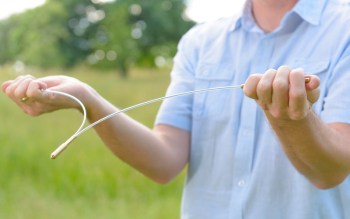
Dowsing is the ancient art of finding underground sources of water by ‘feel’, using a Y shaped stick or copper rods. It is usually used to decide where a well should be drilled and can locate deep water sources. Or course, this method relies both on a talent for dowsing and being able to dig or drill far enough to access the water source once it is found.
If you want to give dowsing a try then you need to cut or find a forked stick, shaped like a ‘Y’. Let the ends of the stick rest across your upward facing palms, resting on your third (ring) fingers. Hook your thumbs over the top to balance the rod. The idea is that the stick will rise slightly then drop rapidly to point to the underwater source.
Dowsing is still doubted by many people, regarded as trickery or ‘magic’. Whatever the truth, it is an interesting practice.
Check this out: Dowsing for Water
How to Collect Water
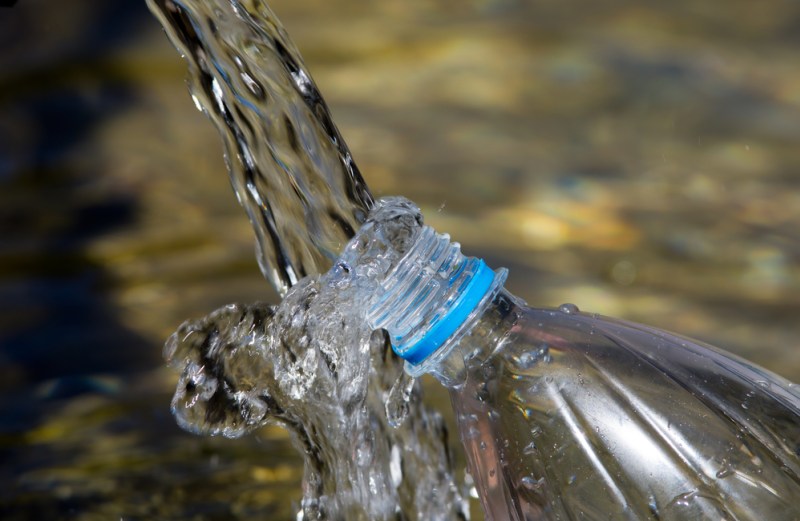
There might be no obvious source of water but there is always water to be found if you know where to look, and how to collect it. Try some of the following techniques to make the most of what you do have, and to find clean, fresh water in even the most difficult surroundings.
How to Collect Water through Transpiration
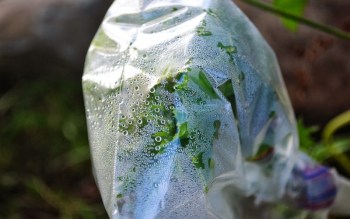
Where there is vegetation, there is water. You might not be able to find it by digging but if the trees around you are green and growing then you know that they are gathering water from deep in the ground.
Transpiration is the name for this process: the water is drawn up thorough the roots and into the leaves of the tree, where it eventually disperses into the air. We can take advantage of this process by catching the water vapor as is evaporates.
You can use this knowledge to take advantage of the trees natural root system and collect the water that has already been drawn up from below. It is a lot less labor intensive, and a lot more practical, than digging for water yourself.
To collect the water you will need a plastic bag – the bigger the better, though a sandwich bag will do in a pinch. Choose a tree carefully: the water collected from transpiration will be purified but using the bag on a toxic or poisonous plant is not recommended. Enclose a leafy branch in the bag and make it as airtight as possible – you could seal the opening with string, tape or an elastic band. Place a small rock in the corner of the bag to weigh it down so that water runs down and collects in the bottom of the bag.
Best results will be achieved with a clear bag which allows the sunlight through, and a large, mature tree with deep roots to collect water far below the surface. Sunlight encourages the process of photosynthesis and transpiration so choose a sunny spot where possible.
How Reverse Osmosis Water Filtration Works
Here’s a video on How to Collect Water through Transpiration
How to Tap a Tree for Water
Tapping a tree is a seasonal technique which only works in early spring or late winter, when the sap is flowing just under the bark.
To tap a tree you need a knife, a spile or bung (a sturdy twig will do), a length of string or paracord (a flexible vine or root will work if you do not have anything else) and a canteen or bottle to collect the water. The best trees for this technique are birch and maple.
Use the tip of your knife to create a v shaped notch in the bark of the tree. You need a hole that goes through the bark 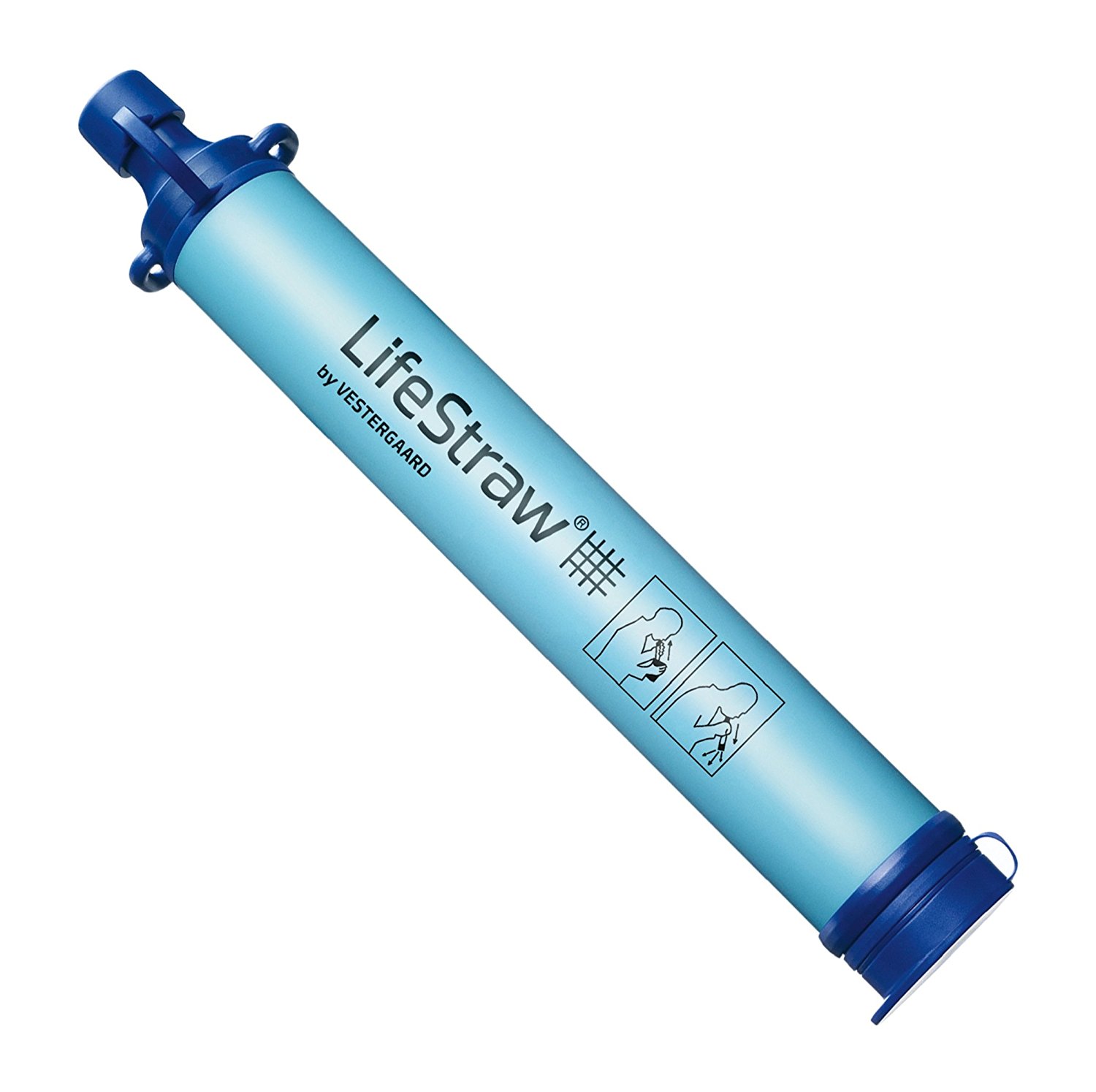 and into the layer below, where the water and sap flow. Take your twig and sharpen both ends to a point. Insert one of the pointed ends upwards into the tree. Insert the twig at a sharp vertical angle so that the protruding end is pointing down and the water will flow down it easily.
and into the layer below, where the water and sap flow. Take your twig and sharpen both ends to a point. Insert one of the pointed ends upwards into the tree. Insert the twig at a sharp vertical angle so that the protruding end is pointing down and the water will flow down it easily.
Once you have positioned your twig, you should find that begins to flow down it and drip from the end. Your canteen, place below the twig and tied in place, will collect the water as it flows.
Here’s a video on How to Tap a Tree for Water
How to Collect Dew
It would be easy to overlook dew as a source of drinking water, simply because of the way it creates such a light covering over the ground that it is barely noticeable. But dew is surprisingly easy to collect and can be a great resource in a survival situation.
Dew will be most plentiful early in the day, before the heat of the sun begins to evaporate it. To collect, simply take an absorbent piece of material (a t-shirt will do in a pinch) and wipe it over the dew covered grass. You should find that it gets wet quite quickly, and you can then wring that water out into a cup or straight into your mouth. The same method of water collection works when you have found water that is too shallow to collect or difficult to reach with a container.
Keep away from roadsides and avoid poisonous plants or plants that might have been sprayed with chemicals when collecting dew. It is also worth checking the area for signs of animal defecation before you begin.
Here’s a video on how to collect dew
Safe Drinking Water
If you do find water then you might have some legitimate concerns about how safe it is to drink. While most of the methods above are used to gather relatively clean and fresh water, it is still worth taking some extra precautions if at all possible. Boil or purify any water that you are unsure about, or that has been collected from a stream or pool. Water purification (iodine or chlorine) tablets and devices are readily available and cheap to buy.
Guest post by Alex Park
Self-sufficiency and Preparedness solutions recommended for you:
Liberty Generator (How to gain complete energy independence)
Survival System (Learn The 7 Secrets Every Family Must Know To Survive Any Disaster Or Crisis)
Stockpile Challenge (So what’s the recipe for “getting lucky” in the coming catastrophe?)
Food for Freedom (If I want my family to survive, I need my own food reserve)

